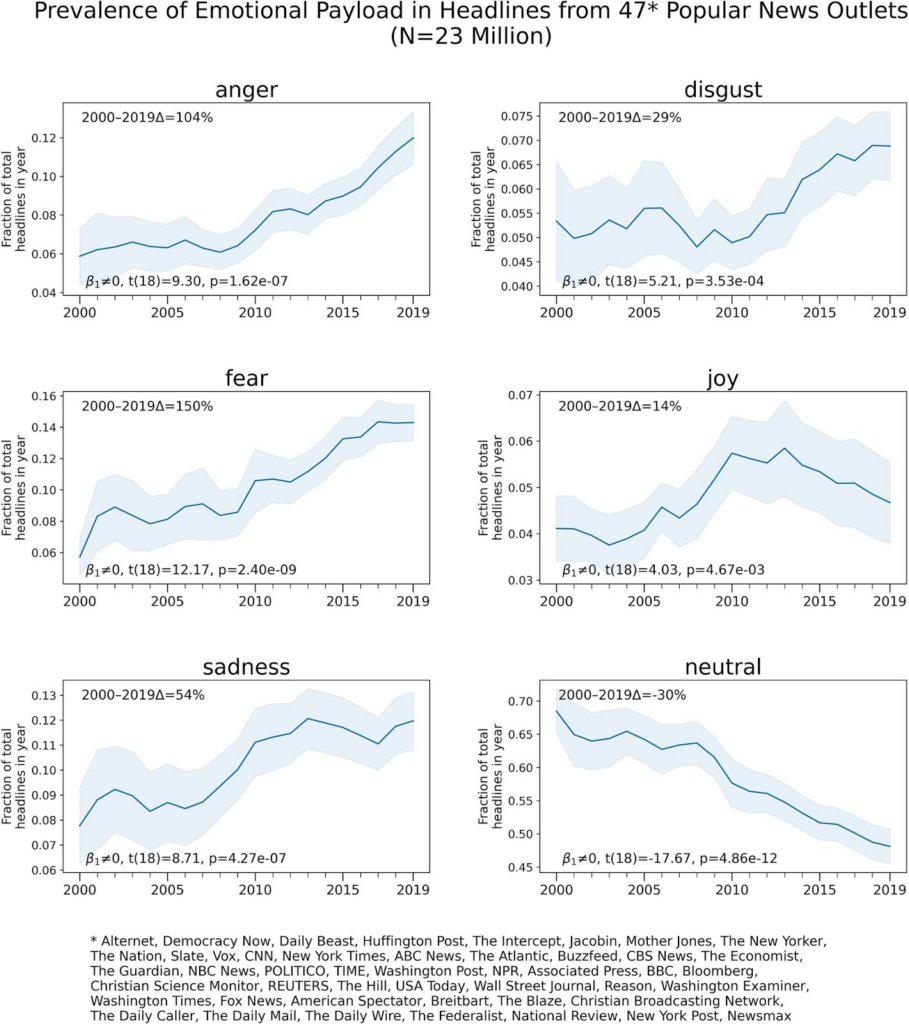The100: Removing friction, fundamental attribution errors and sea urchin hats
What we can learn from priests in a hurry
Richard Shotton has delivered many a wise word over the past couple of weeks.
First, he was in the hot seat on the Uncensored CMO podcast and made a particularly good point around how removing even the tiniest bit of friction can have outsized effects on behaviour change.
Next, Richard wrote about how brands should harness mood and situation, not just demographic or attitude. And how context can matter more than character:
“Results showed a large variation in helping behaviour according to whether they were rushing. In fact, only 10% of trainee priests stopped to lend a hand when in a hurry, compared to 63% of those who had plenty of time. The correlation between having time and helping was much stronger than any correlation between personality and helping.”
“Authenticity isn’t a defect. It’s a superpower.”
The ever wonderful Marcus John Henry Brown has published his principles of presenting. From audience obsession to finding the performance version of ourselves, it’s a useful checklist.
I’ll be using it on 4th May when I speak at our Lies & Lying event. Not got your ticket yet? Get involved. 200 lovely readers of The100 are already booked to come along, so it’ll be a good day out in good company.
There’s no ghost in the machine that thinks
There’s been a lot of talk recently about how we need to slow down with AI until we figure out how to prevent it from, ummmm, wiping out life as we know it?
That may sound a little far-fetched, but Tom Chivers, in an interview with Ian Leslie, explains it in a way that I can actually get my head around:
“If you give some sufficiently powerful AI a goal, you don’t know how it’s going to meet it […] in a famous hypothetical example, you ask it to make paperclips and be as productive as possible and it thinks OK, I’ll turn every single atom in the solar system into paperclips, which means destroying humans. So the fear is not that the AI becomes malicious, it’s that it becomes competent. It does exactly what you wanted it to do, but not in the way you wanted it to.”
What is ignored by the media, but will be studied by historians?
George Mack outlined some key trends that he thinks are being ignored, but will be studied in history. The rise of negative media really is quite something:

If Nike did hotels
Daniel Langer uses Nike as an example of why, when telling their own “brand story”, luxury brands shouldn’t portray it as one of materials, design, or quality. Instead they should clarify the role the brand has in the consumer’s life.
“students had to come up with a hypothetical check-in experience if Nike were to launch a hotel based on its brand story […] Almost every element of the experience was reimagined […] If the same simulation were to be done using the stories of many of the existing hospitality brands today, it would generate almost no differentiated experiences […] They are often telling a category story with a focus on tangible elements, not on the ethos.”
And finally…
This interactive map is a joy to scroll through and shows how the Victorians from the Ordnance Survey mapped Britain.
Everything I thought I knew about Italian food was wrong. It appears that some Italian ‘classics’ are in fact recent inventions. I don’t know what’s up and what’s down anymore.
Some sea urchins use shells as hats to make them feel safer, and if you give them tiny hats, they wear those as well. Excellent.
Called Jack, James or John? Well you’re more likely to be a movie action hero. But spare a thought for any Victors or Michaels you know, turns out they’re the most popular villain names. Some really good data analysis.

Comments
Comments are disabled for this post